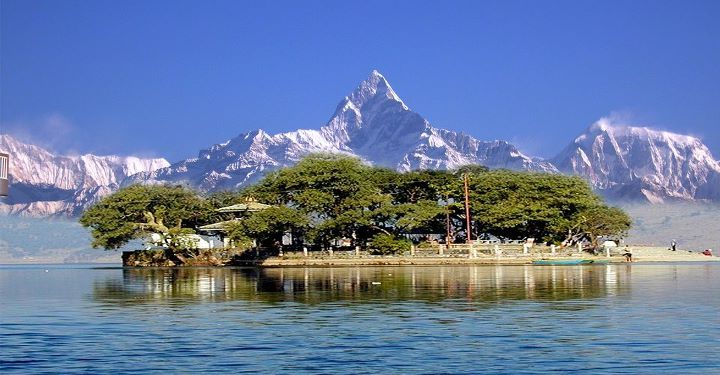Pokhara, Nepal travel tips
Category
Categories
Popular Articles

Pokhara, set against the majestic backdrop of the towering Annapurna range, is a stunning city in Nepal. Known as the gateway to the Annapurna Circuit, a popular trail in the Himalayas, it’s an adventure and leisure city, perfect for trekkers as well as those who simply wish to drink in the stunning views. Featuring tranquil lakes, verdant forests, and impressive gorges, Pokhara’s natural beauty alone is enough to lure visitors.
**Best Time to Visit**
Pokhara is blessed with a moderate climate, making it worth visiting throughout the year. However, the months between September and November (autumn) are considered ideal when the weather is clear and the views are spectacular. While winter (December to February) sees fewer tourists, the city retains its charm with snow-capped mountains. The biggest local event, Dashain, falls in the autumn and can make visiting during September or October an authentic cultural experience.
**Climate & What to Pack**
With a sub-tropical monsoon climate, Pokhara receives heavy rainfall during the monsoons (June to August), while winters are dry and can get fairly cold. Depending on the time of the year, good trekking shoes, rain jackets, and sunblock for the summer, or warm clothes for the winter, should be part of your packing list. A good camera is a requisite given the stunning views you’re bound to encounter.
**Getting There**
The nearest major airport is the Tribhuvan International Airport in Kathmandu. From there, you can choose to take an internal flight to Pokhara or a scenic 5-7 hour road trip via bus or taxi. Ensure to check visa requirements and get vaccinations (if necessary) before planning your trip.
**Getting Around Locally**
Public transport options include local buses and shared taxis. Renting a car isn’t common, however, motorcycles and bicycles are popular rental options for getting around. Most main attractions are easily accessible by foot as well.
**Safety Tips**
Pokhara is relatively safe, but like anywhere, it’s important to remain alert. Be aware of potential tourist scams, especially around adventure sport packages. Understand local customs and dress modestly to respect the predominantly Buddhist and Hindu religions.
**Top Things to Do & See**
Must-visit spots include Phewa Lake, Begnas Lake, and Barahi Temple. For those seeking adrenaline rush, paragliding, and the world’s tallest and longest zip-flyer are exciting options. A hike to Sarangkot for a sunrise view over the Annapurna is a highlight of any trip.
**Where to Stay**
Lakeside is a popular area teeming with options from luxury, mid-range, to budget accommodations with splendid lake views. Further out from the city center, you’ll find eco-resorts nestled in nature quiet retreats to escape the hustle and bustle.
**Food & Local Cuisine**
Nepalese food is a flavorful blend of Indian, Tibetan, and Thai cuisines. The Newari dish ‘Yomari’ and local Thakali meal are a must-try. Lakeside offers endless dining options with charming lakeside views.
**Cultural & Practical Tips**
Nepali is the official language, although English is widely understood. The currency is the Nepali Rupee. Tipping is appreciated but not mandatory. In terms of Wi-Fi, almost all hotels, restaurants, and cafés offer it, albeit the strength may vary.
**Sustainable or Responsible Travel Tips**
Treading lightly on the environment is key. Opt for eco-friendly accommodations and tours, minimize plastic use, and respect wildlife. Remember you are in a diverse cultural setting. Dress modestly and always ask for permission before clicking photographs of locals.
**Personal Travel Tip**
Immerse in the local culture: interact with the locals, sample local brews and try to learn a few Nepali words. The warmth and kindness of the Nepalese will make your trip to Pokhara a truly memorable experience.










